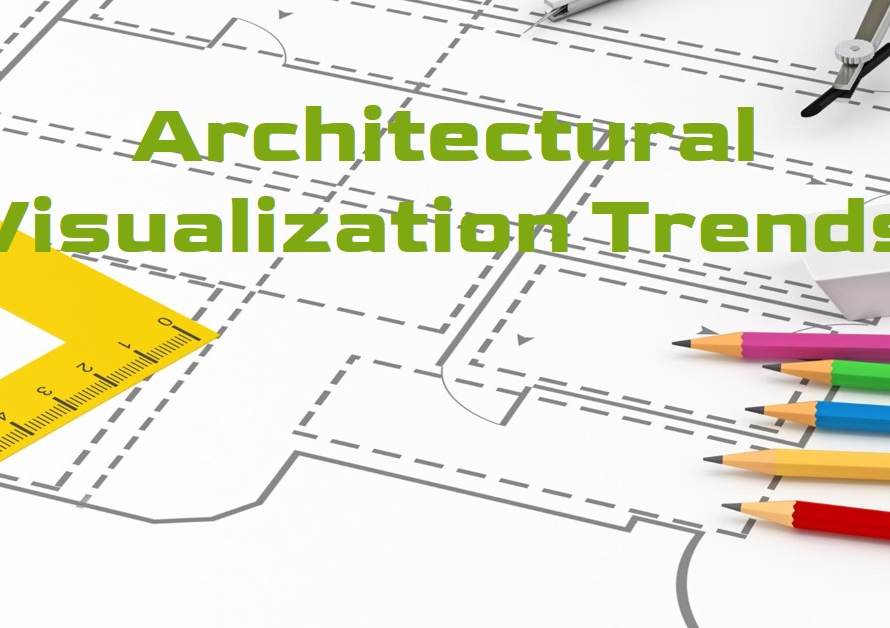
Table of Contents
- Introduction to 3D Modelling:
- Foundations of 3D Modelling: Beginner Courses
- Intermediate Courses: Building on the Basics
- Advanced Courses: Mastering the Craft
- Specialized Courses: Tailoring Skills to Industries
- Software-Specific Courses: Mastering the Tools
- Online vs. In-Person Learning: Choosing the Right Format
- Certification and Degree Programs: Formal Education Paths
- Mentorship and Networking: Beyond the Classroom
- Practical Experience: Building a Portfolio
- Conclusion: Navigating Your 3D Modelling Journey
Introduction to 3D Modelling:
3D modelling has revolutionized various industries, from entertainment to engineering. This sophisticated art form involves creating three-dimensional objects using specialized software, making it a cornerstone in fields like animation, game design, architecture, and product development. As the demand for skilled 3D modellers grows, numerous educational institutions and online platforms offer comprehensive courses tailored to different skill levels and career goals.
Understanding the vast array of 3D modelling courses available is crucial for anyone interested in pursuing a career in this dynamic field. Whether you’re a beginner or a seasoned professional looking to enhance your skills, there’s a learning path for you. In this blog post, we will explore some of the best 3D modelling courses, focusing on their content, target audience, and the unique value they offer.
Foundations of 3D Modelling: Beginner Courses
For those new to 3D modelling, beginner courses provide an essential introduction to the basics. These courses typically cover fundamental concepts such as geometry, textures, lighting, and rendering. They also introduce students to industry-standard software like Blender, Maya, and 3ds Max.
For example, the “Introduction to 3D Modelling” course on Coursera, offered by the University of London, provides a solid foundation. It covers the basic principles of 3D design and helps students create simple 3D models by the end of the course. Another excellent option is the “Blender 3D: Your First 3D Character” course on Udemy, which offers hands-on experience with Blender, a popular open-source software.
Intermediate Courses: Building on the Basics
Once you have grasped the basics, intermediate courses can help you build on that knowledge. These courses delve deeper into more complex techniques and tools, enabling students to create more detailed and sophisticated models. They often include lessons on advanced texturing, rigging, and animation.
A standout in this category is the “3D Modelling and Animation” specialization on Coursera, provided by the University of California, San Diego. This series of courses takes students from intermediate to advanced levels, covering a broad range of topics and software applications. Another valuable resource is the “3ds Max Intermediate” course on LinkedIn Learning, which focuses on mastering Autodesk’s 3ds Max software for professional-grade modelling.
Advanced Courses: Mastering the Craft
For those looking to achieve mastery in 3D modelling, advanced courses offer in-depth training on highly specialized techniques. These courses are designed for professionals who want to refine their skills and stay competitive in the industry. Topics often include photorealistic rendering, complex animations, and the use of cutting-edge tools and plugins.
The “Mastering 3D Modelling” course on CGMA (Computer Graphics Master Academy) is an excellent choice for advanced learners. It covers everything from advanced sculpting techniques to high-level rendering and compositing. Similarly, Gnomon School of Visual Effects offers various advanced courses, such as “Advanced Modelling for Entertainment,” which prepares students for high-end projects in film and games.
Specialized Courses: Tailoring Skills to Industries
Different industries have specific requirements for 3D modelling, and specialized courses can help tailor your skills to meet these demands. For instance, architectural visualization, game design, and product modelling each have unique techniques and tools that professionals need to master.
For architectural visualization, the “3D Modelling for Architecture” course on Udacity provides targeted training in creating realistic architectural models and visualizations. In the realm of game design, the “3D Game Modelling & Animation” course on Pluralsight offers specialized instruction on creating assets and animations for interactive environments. Product modellers can benefit from the “SolidWorks: 3D CAD Fundamentals” course on LinkedIn Learning, which focuses on using SolidWorks for product design and engineering.
Software-Specific Courses: Mastering the Tools
Mastering specific 3D modelling software is crucial for success in the industry. Many courses focus exclusively on teaching the ins and outs of popular software programs, enabling students to become proficient users.
Blender, a versatile and powerful open-source tool, has numerous dedicated courses such as “Blender Essential Training” on LinkedIn Learning. This course covers everything from basic navigation to advanced techniques in modelling, texturing, and rendering. For those interested in Autodesk Maya, the “Maya for Beginners” course on Pluralsight is an excellent starting point, while the “Advanced Maya” course on the same platform caters to more experienced users. Similarly, “3ds Max Essential Training” on LinkedIn Learning provides a comprehensive guide to mastering 3ds Max.
Online vs. In-Person Learning: Choosing the Right Format
The choice between online and in-person learning depends on personal preferences and circumstances. Online courses offer flexibility and accessibility, making them ideal for working professionals and those with busy schedules. Platforms like Coursera, Udemy, and LinkedIn Learning provide a wide range of online 3D modelling courses that can be accessed from anywhere in the world.
In-person courses, on the other hand, often provide more hands-on experience and direct interaction with instructors and peers. Institutions like Gnomon School of Visual Effects and the School of Visual Arts offer campus-based programs that include studio classes and workshops. These programs can be particularly beneficial for those who thrive in a structured learning environment.


Certification and Degree Programs: Formal Education Paths
For individuals seeking formal education in 3D modelling, certification and degree programs offer a comprehensive learning experience. These programs often combine theoretical knowledge with practical skills, providing a well-rounded education that can significantly enhance career prospects.
Certification programs, such as the “Autodesk Certified Professional: 3ds Max” or “Maya” certifications, validate your skills and expertise, making you more attractive to potential employers. Degree programs, like a Bachelor of Fine Arts (BFA) in Animation or Visual Effects, offer in-depth training and opportunities for specialization. Renowned institutions like the Savannah College of Art and Design (SCAD) and the Ringling College of Art and Design offer robust degree programs that prepare students for successful careers in the industry.
Mentorship and Networking: Beyond the Classroom
Learning 3D modelling extends beyond the classroom, and mentorship and networking play a crucial role in professional growth. Connecting with experienced professionals can provide invaluable insights and guidance, helping you navigate the complexities of the industry.
Many courses and institutions offer mentorship programs where students can receive personalized feedback and advice from industry veterans. Networking opportunities, such as attending conferences, participating in online forums, and joining professional organizations like the Association for Computing Machinery’s Special Interest Group on Computer Graphics and Interactive Techniques (ACM SIGGRAPH), can also be beneficial. These connections can lead to collaborations, job opportunities, and continuous learning.
Practical Experience: Building a Portfolio
Ultimately, practical experience is essential for mastering 3D modelling. Building a strong portfolio showcasing your work is crucial for landing job opportunities and advancing in your career. Courses that include hands-on projects and real-world applications help students develop a portfolio that demonstrates their skills and creativity.
Participating in competitions, internships, and freelance projects can also provide valuable experience. Many online platforms, such as ArtStation and Behance, allow you to showcase your work to a global audience, helping you gain exposure and connect with potential employers and collaborators.
Conclusion: Navigating Your 3D Modelling Journey
The journey to mastering 3D modelling is a continuous and evolving process. With a plethora of courses available, it’s essential to choose the right learning path that aligns with your career goals and interests. Whether you opt for beginner courses to build a foundation, intermediate courses to refine your skills, or advanced and specialized courses to achieve mastery, each step contributes to your growth as a 3D modeller.
Embracing both online and in-person learning opportunities, seeking mentorship, and gaining practical experience are all crucial elements of this journey. By staying committed and continuously honing your skills, you can unlock the full potential of 3D modelling and make significant strides in this exciting and dynamic field.


